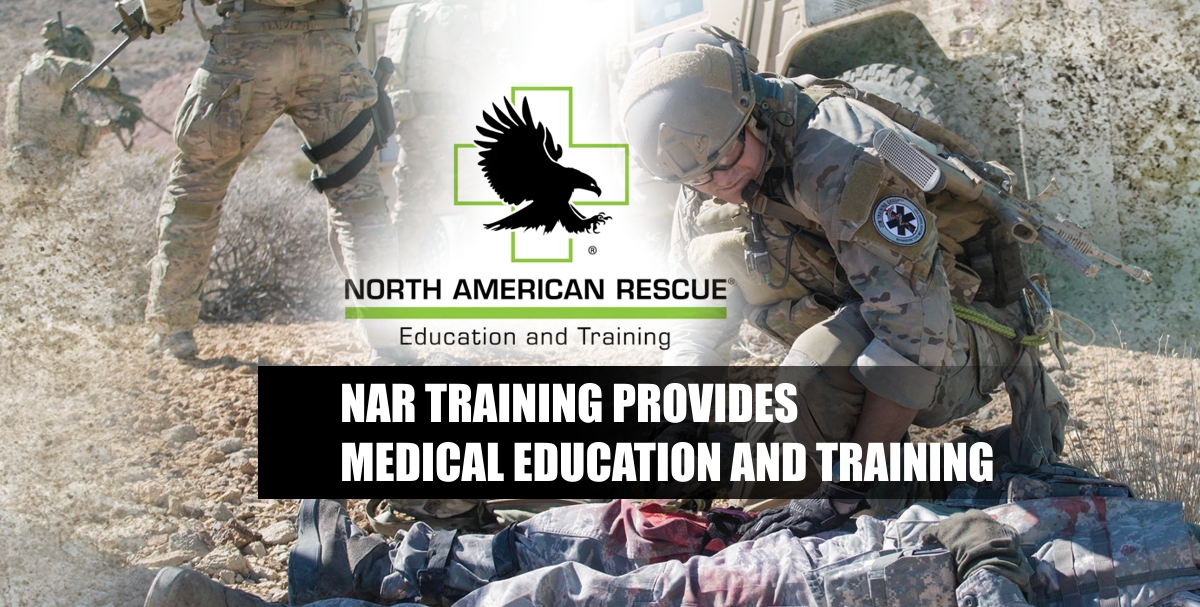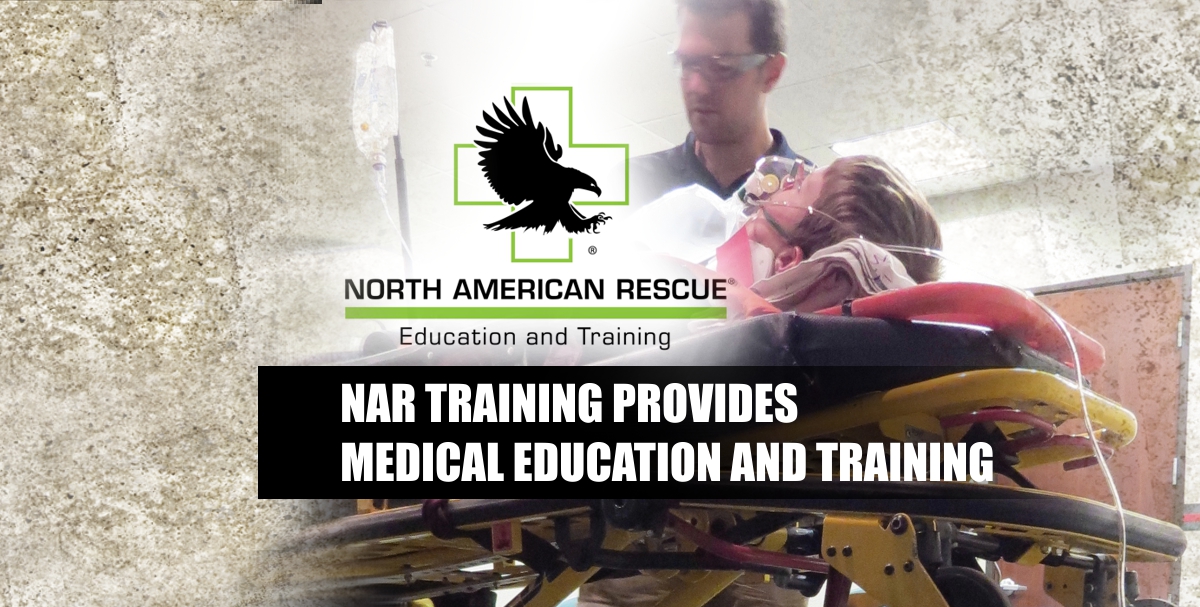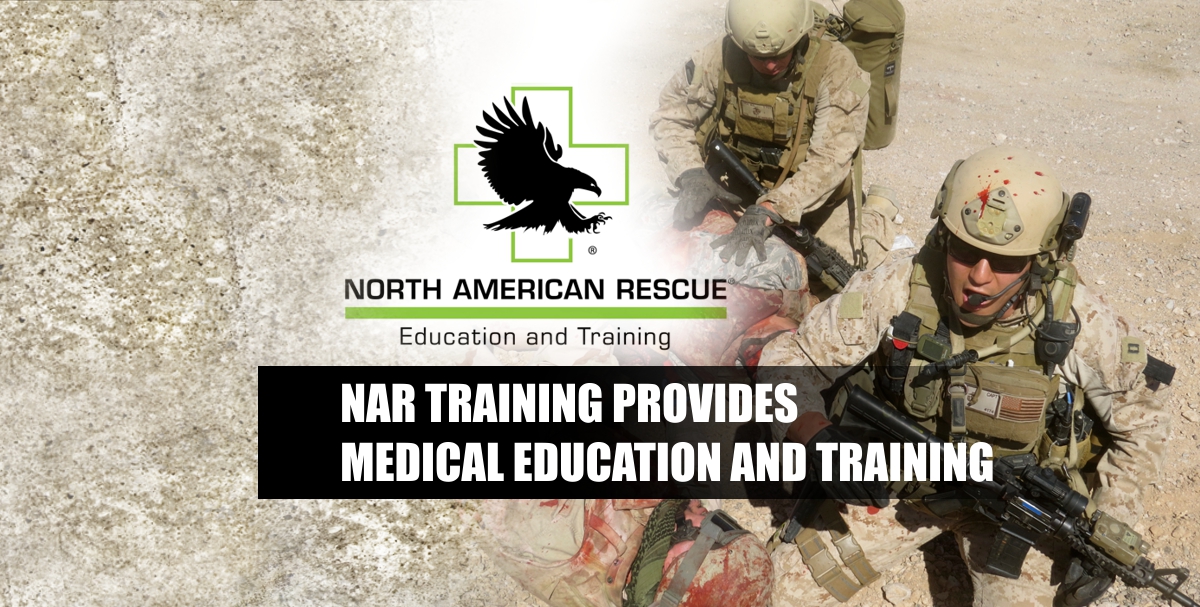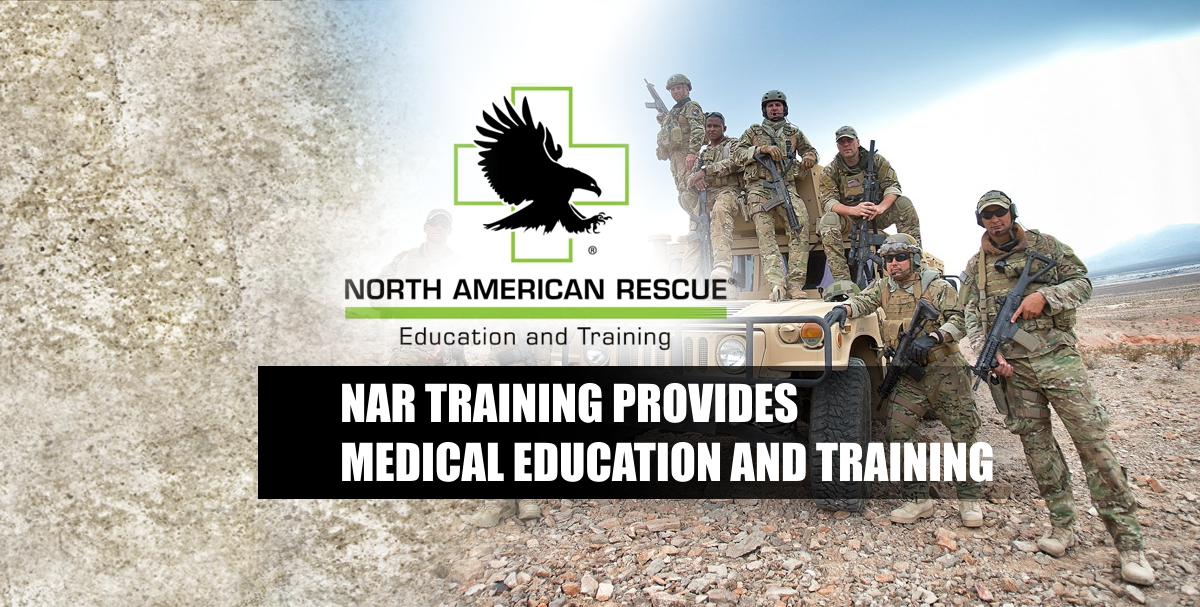JUNEAU EMPIRE
There was a lot of blood. Fake blood.
The carnage may have been artificial, but the scenarios were real enough. Capital City Fire and Rescue firefighters and emergency medical services teamed last week with local police and a Las Vegas-based company to train in tactical emergency casualty care.
The goal is to train the different emergency responders to work together, and to bring medical help earlier in an emergency situation.
“Medical personnel used to stand back and wait until the scene was clear,” said Julie Rabeau, head of the Alaska Department of Health and Social Services’ trauma section. “Now they’re going in sooner and finding this is saving lives.”
Jim Mitchell, owner and general operations manager of JTM Training, which ran the training, said the scenarios used last week were based on real emergency events.
“You take a look at what has been a threat to the United States, especially the kids,” the father of two said. “How many times have they prepared for a fire drill? But what has killed children over the years hasn’t been fire … it’s been these active shooter events.”
Rabeau said any community could have an active shooter, so preparation is important.
The training included classroom time and four separate scenarios, each involving an active shooter and victims requiring care.
One scenario was a mass casualty incident, with several victims who had injuries of varying degrees. Another was a domestic violence situation. The other two involved an active shooter on the roof of the Hagevig Regional Fire Training Center’s main building and an active shooter and a victim who couldn’t be reached. That required rescuers to instruct the victim in her own care.
Each team of EMS and law enforcement completed each scenario, debriefed, then had an opportunity to go through the scenarios — with some changes — a second time to apply what they learned.
In each scenario, JTM trainer Billy Butler said, the teams are given little information and are blindfolded so they enter the scene with little chance to plan. When instructing the teams before the first round, he told them explicitly to not game it, but to treat it as if it were the real deal.
The scenarios were made as realistic as possible. While EMS and law enforcement teams got ready, volunteers made preparations of their own. Victims donned special effects makeup, with faux wounds gaping and oozing fake blood. One JTM employee distributed blood bombs — latex gloves filled with fake blood and tied off — to use. Victims of all ages — children through seniors — were instructed how to behave based on their situation and injuries. These are the victims emergency responders will encounter.
“You can train. You can plan. But now it’s literally gonna happen,” Butler said of the scenarios.
“It’s down and dirty, in your face. … You have to make rapid decisions. It shows how you might respond.”
There’s an expectation that in the first round, teams will make wrong decisions. It’s an opportunity to learn in a frantic situation:
Geared-up law enforcement officers yell directions back and forth.
Gunshots — blanks — reverberate across the training grounds.
An EMT decides which victims will be taken by ambulance to the emergency room first.
JTM employee Dustin McLean, who earlier assisted in preparation, writhes on the ground with half of one leg missing. He normally wears an artificial leg, but nobody knew of his disability until the scenario, when he wore a latex cap over his amputated leg and made it look like a bloody wound.
Emergency responders keep him from removing the tourniquet from his leg, as he moans that it is too tight, though if the tourniquet had actually been too tight, he would call out “red, red, red,” as would any volunteer for whom the action was too rough.
The integrated training is new to Juneau, CCFR EMS training officer Sandi Kelly said, and so is the reintroduction of tourniquet use.
“We’ve actually been training on tourniquets and alternative methods to control bleeding for the last year,” Kelly said. “Bleeding, we’ve found, has become one of the most important things to control because they can die — they can bleed out and die — within a minute.”
During recent wars, tourniquets have saved soldiers’ lives, Kelly said. Tourniquets went out of favor because limbs could be lost, but they’re returning to use “because it makes a difference.”
Kelly hopes this training is just the start to further integrated training between EMS and law enforcement. She and Fire Chief Rich Etheridge have been trying to organize integrated training since 2012.
Funding came from the state and city to make it happen.
“I’m hoping that after we’re done, maybe we can internally train more of our personnel in the same kind of manner,” Kelly said.
CCFR volunteer and nurse Kathy Miller played a shooter in Friday’s exercises but participates in regular drills. She is interested in seeing how this training will be incorporated into the regular training everyone participates in.
“Drills are always valuable. You don’t always have certain scenarios that happen regularly, so drills give you an opportunity to practice your skills, and also communication,” Miller said. “You get a whole picture of a response.
Butler said the goal of the training is that in a real emergency situation, emergency responders will fall back on what they’ve learned and react in the most appropriate manner.
Though Mitchell hasn’t seen any of the communities his company has trained in its 17 years apply it in an active shooter situation, he said “you can definitely see progress in the communication that happens when fire and police get together.”
• Contact reporter Melissa Griffiths at 523-2272 or at melissa.griffiths@juneauempire.com.






